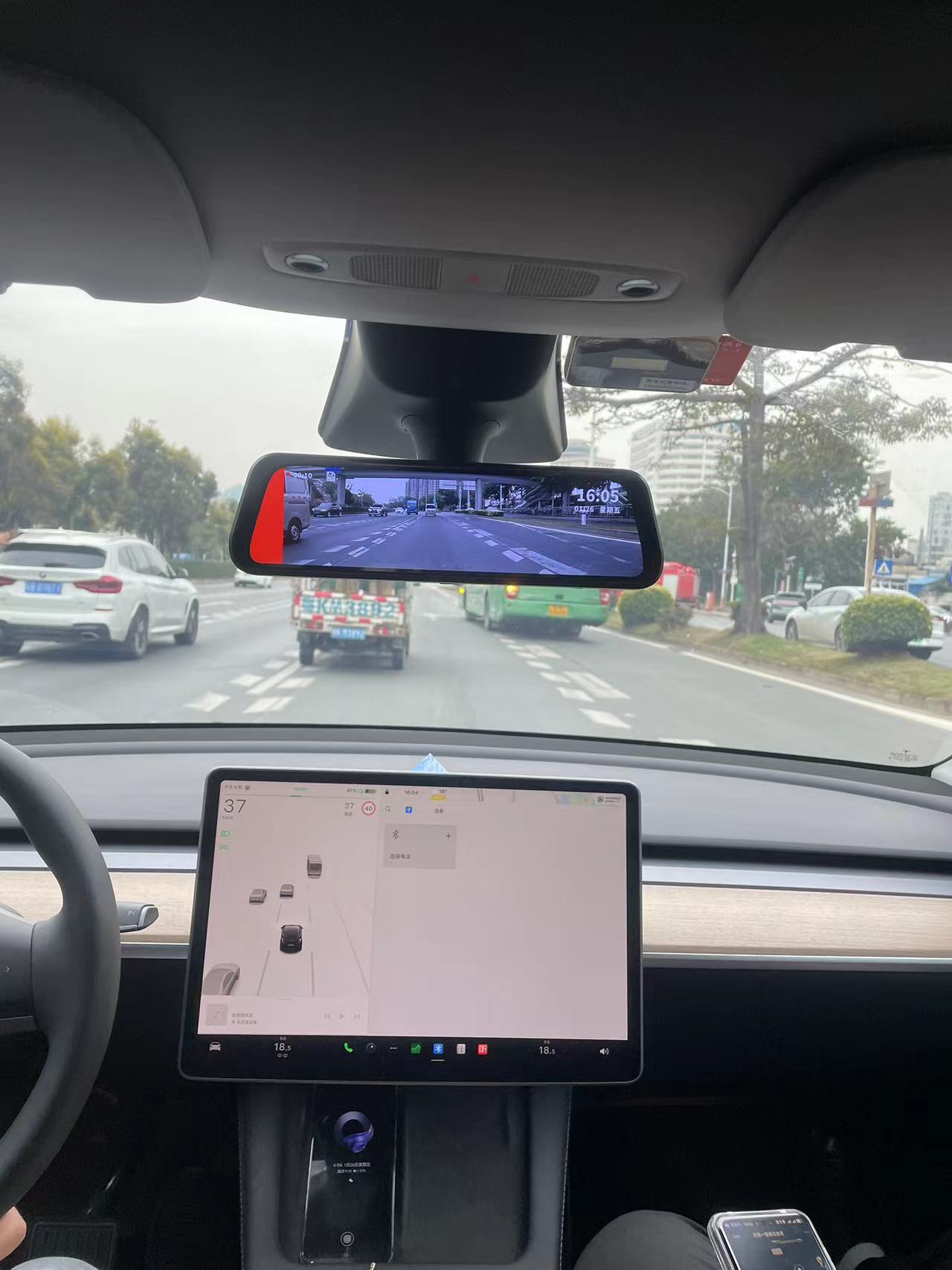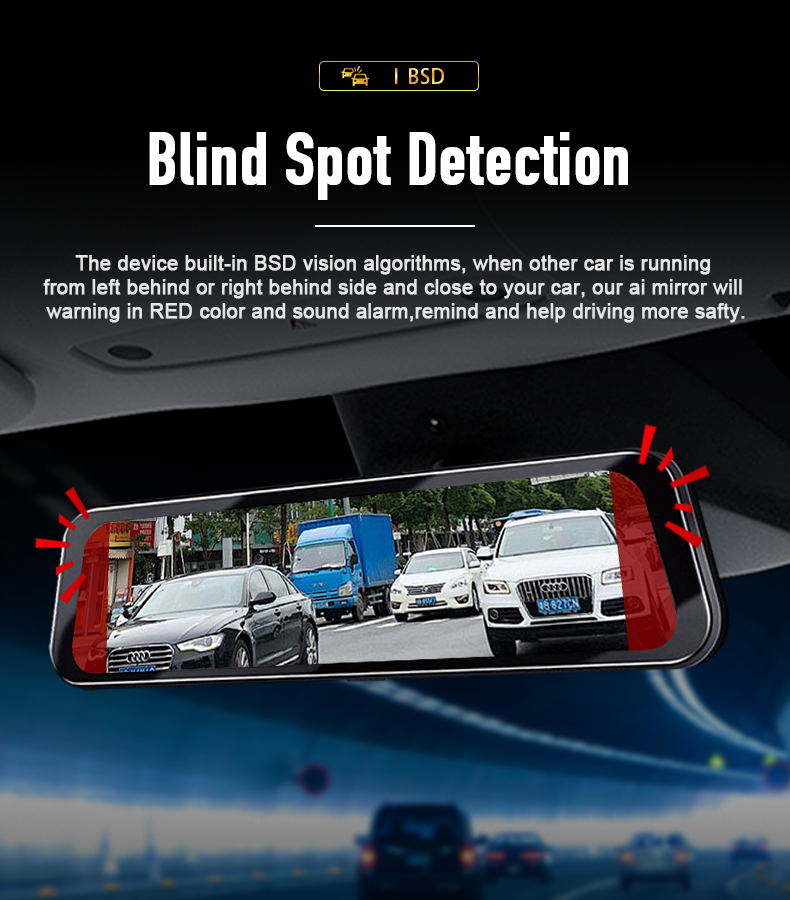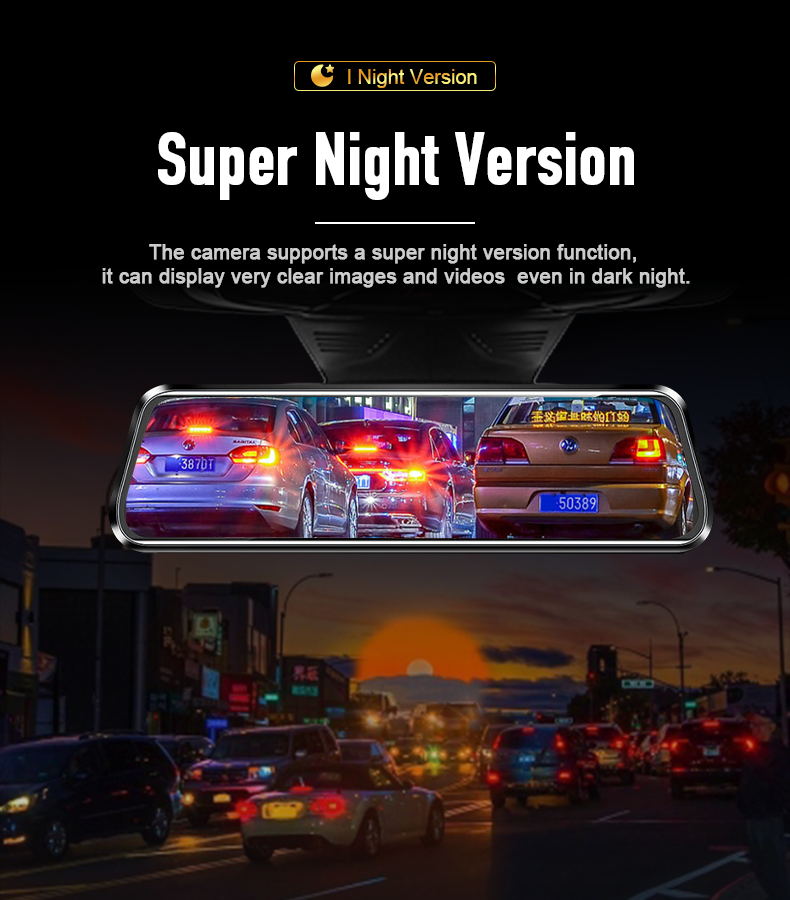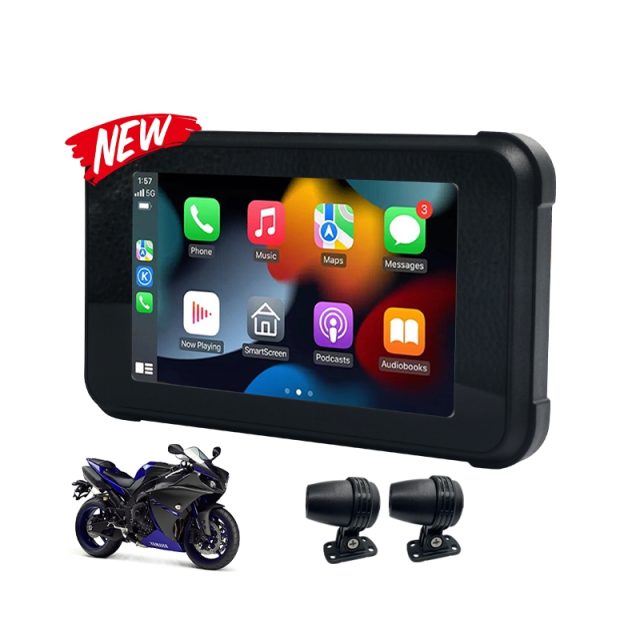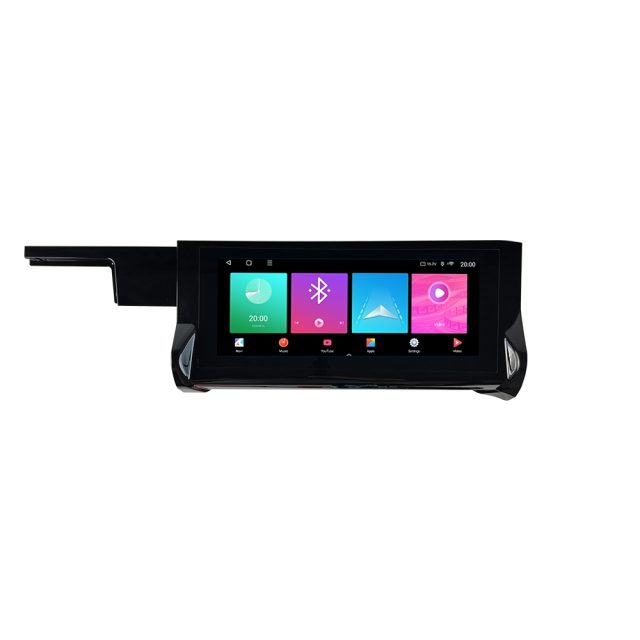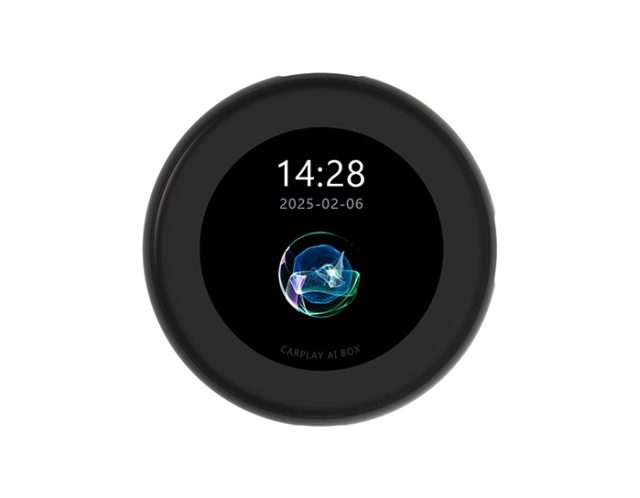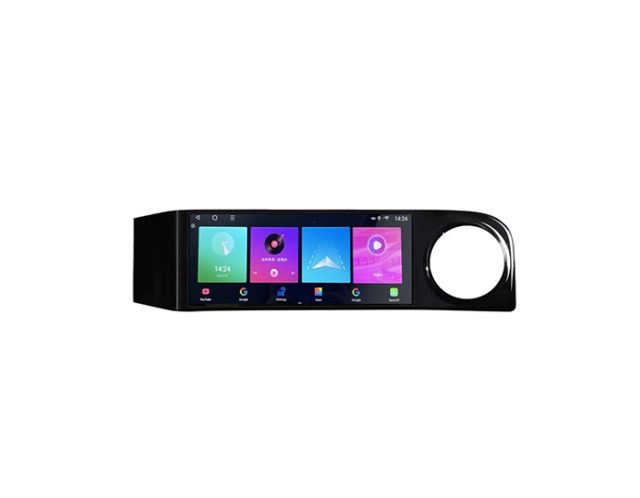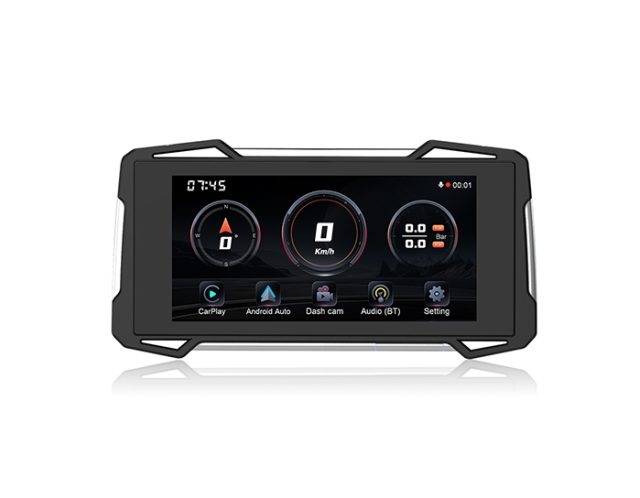5 Essential Functions of a Car Rear View Mirror for Safe Driving
Introduction
The rear mirror is an essential component of any vehicle, playing a crucial role in ensuring safe driving. Rear mirrors provide drivers with a clear view of the road behind them, allowing them to monitor and react to surrounding traffic effectively. Understanding why the rear mirror matters can help drivers appreciate its significance in promoting road safety.
The rear mirror is not just a reflective surface; it serves as a vital tool for maintaining awareness of the surroundings while driving. By providing visibility of the area behind the vehicle, it enables drivers to make informed decisions and maneuver safely on the road.
Helping Drivers See Behind
The car rear view mirror plays a fundamental role in helping drivers maintain awareness of the road behind them. It provides a clear reflection of the area at the back of the vehicle, allowing drivers to monitor surrounding traffic and potential hazards. Properly adjusting and attaching the rear mirror is crucial for optimal visibility.
How to Attach Rear View Mirror for Optimal View
When attaching a rear view mirror, it's essential to position it in a way that offers the best possible view of the rear. Ensure that it is securely attached to the windshield, with no obstructions hindering its reflective surface. This placement will provide an unobstructed view, enhancing overall safety while driving.
Tips for Adjusting Your Rear Mirror
- Position the rear mirror to frame the entire rear window.
- Avoid angling it too high or too low, as this can limit visibility.
- Regularly check and readjust the mirror to ensure it remains in an optimal position for clear visibility.
By following these tips and ensuring proper attachment, drivers can maximize their ability to see behind them, contributing to safer navigation on the road.
Reducing Blind Spots
Enhancing Safety with the Car Rear View Mirror
Positioning the rear mirror strategically can significantly enhance safety on the road. By adjusting it to cover a broader area, drivers can minimize blind spots and improve their overall awareness of surrounding traffic. Proper positioning ensures that the rear mirror provides a comprehensive view of the rear, enabling drivers to make informed decisions while changing lanes or maneuvering through traffic.
Positioning the Rear Mirror to Cover More Area
When positioning the rear mirror, it's essential to angle it in a way that extends its coverage beyond just the immediate rear of the vehicle. By slightly adjusting its orientation, drivers can expand their field of vision, reducing blind spots and enhancing safety. This simple yet crucial adjustment maximizes the effectiveness of the rear mirror in providing a clear view of potential hazards and approaching vehicles from behind.
Techniques to Minimize Blind Spots
- Utilize side mirrors effectively to supplement the coverage provided by the rear mirror.
- Perform shoulder checks when changing lanes or making turns to compensate for any blind spots.
- Stay attentive and proactive in monitoring all mirrors to ensure comprehensive visibility around the vehicle.
By implementing these techniques and optimizing the positioning of their rear mirror, drivers can significantly reduce blind spots, promoting safer navigation on the road.
Manual Anti-Dazzling
Using the Rear Mirror to Fight Glare
When driving, glare from headlights or sunlight can be distracting and even dangerous. The rear mirror offers a manual anti-dazzle function that helps reduce this glare. By adjusting the angle of the mirror, drivers can minimize the impact of bright lights from vehicles behind them. To activate this feature, simply flip the switch located at the base of the rear mirror to reduce glare and maintain clear visibility.
How to Activate the Anti-Dazzle Function
To activate the anti-dazzle function, gently tilt the rear mirror using the lever or button provided. This adjustment reduces the intensity of bright lights reflected in the mirror, making it easier for drivers to see without being blinded by glare.
The Importance of Anti-Dazzling for Night Driving
Anti-dazzling is particularly crucial for night driving when headlights from other vehicles can cause significant glare. By utilizing this feature, drivers can enhance their visibility and ensure a safer driving experience during low-light conditions.
Keeping an Eye on Children
The rear mirror serves as a valuable tool for parents to monitor their children while driving. It allows them to keep an eye on the kids in the back seat, ensuring their safety and well-being throughout the journey. Implementing some essential tips and tricks can contribute to safe driving with children, such as securing them in appropriate car seats and ensuring they are entertained with toys or books.
Safe Driving with Children: Tips and Tricks
- Secure children in rear-facing car seats for infants and toddlers.
- Use booster seats for older children to ensure proper seat belt positioning.
- Provide entertainment such as coloring books or soft toys to keep children occupied during the ride.
Adjusting the Rear View Mirror for Child Safety
Properly adjusting the rear mirror to have a clear view of the back seat is crucial for child safety. Ensuring that it provides a comprehensive reflection of the interior allows parents to monitor their children without turning around frequently, minimizing distractions while driving.
Auto-Dimming Feature
The auto-dimming feature is an advanced function integrated into modern rear mirrors to enhance driving safety, especially during nighttime or low-light conditions. This innovative technology works by automatically adjusting the mirror's tint in response to the intensity of light it detects. When headlights from trailing vehicles or ambient light become too bright, the rear mirror dims to reduce glare, ensuring that drivers maintain clear visibility without being dazzled.
How Auto-Dimming Works and Its Benefits
Auto-dimming mirrors utilize electrochromic gel sandwiched between two glass layers. When exposed to light, an electrical current triggers a chemical reaction in the gel, causing it to darken and reduce glare. The benefits of this feature include minimizing distractions for the driver, improving overall road safety, and reducing eye strain caused by intense light reflections.
Comparing Manual and Auto-Dimming Mirrors
While manual anti-dazzle functions require drivers to adjust the mirror themselves, auto-dimming mirrors offer a hands-free solution. The automatic adjustment ensures continuous optimal visibility without requiring driver intervention. Compared to manual options, auto-dimming mirrors provide a seamless and hassle-free experience, making them a valuable addition to modern vehicles.
Conclusion
In conclusion, the rear mirror is an indispensable component for safe driving. It serves as a crucial tool for maintaining awareness of the surroundings and ensuring optimal visibility of the road behind the vehicle. By providing a clear reflection of the area at the back of the car, it enables drivers to monitor surrounding traffic effectively and make informed decisions while maneuvering on the road.
The various functions of the rear mirror, including reducing blind spots, fighting glare, monitoring children in the back seat, and incorporating auto-dimming features, contribute significantly to enhancing overall driving safety. Proper adjustment and utilization of these functions can greatly improve a driver's ability to navigate safely on the road.
In essence, understanding and maximizing the functionalities of the rear mirror are essential for promoting road safety and ensuring a secure driving experience for all.
See Also
Optimizing Safety with an Extended Car Rearview Mirror
The Benefits of Choosing Audiosources Rear Mirror Camera
A Look at Tesla's Rear View Mirror Camera in 2024
Tesla's Rear View Camera Mirror Technology in the Coming Years

